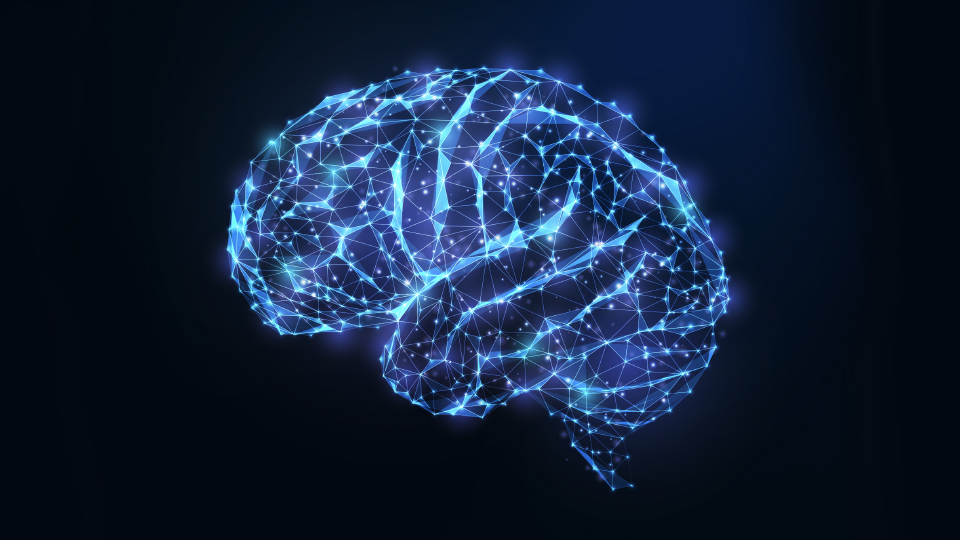Understanding quantitative EEG and evoked potentials for the intensive care use
DOI:
https://doi.org/10.37051/mir-00235Keywords:
quantitative electroencephalogram, evoked potentials, encephalopathy, status epilepticus, prognosisAbstract
Different neurophysiological tools can be used at the patient's bedside, but two are mainly used in the intensive care unit (ICU): the electroencephalogram (EEG) and the evoked potentials (EP). EEG allows real-time recording of brain activity. It is mainly used in ICU for diagnostic purposes (epileptic seizures, status epilepticus, encephalopathy, brain death) or prognostic (disorder of consciousness in brain-injury patient). Since visual analysis is subject to some inter-observer variability and requires time-consuming neurophysiological expertise, quantitative analyzes of EEG (qEEG) signals have recently been developed. Otherwise, EPs are brain responses evoked by repeated stimulation. The average the stimulations responses on EEG highlight the activities induced by these stimuli (as opposed to the spontaneous neuronal activities unrelated to these stimulations). Different types of EP can be recorded in ICU, namely somato-sensory and auditory EP, which depend on the stimuli. These responses are mainly used for prognostication in brain-injury patient with persistent disorder of consciousness. The development of these different techniques in ICU requires knowledge of the intensivist regarding methods of recording, analysis and interpretation.


